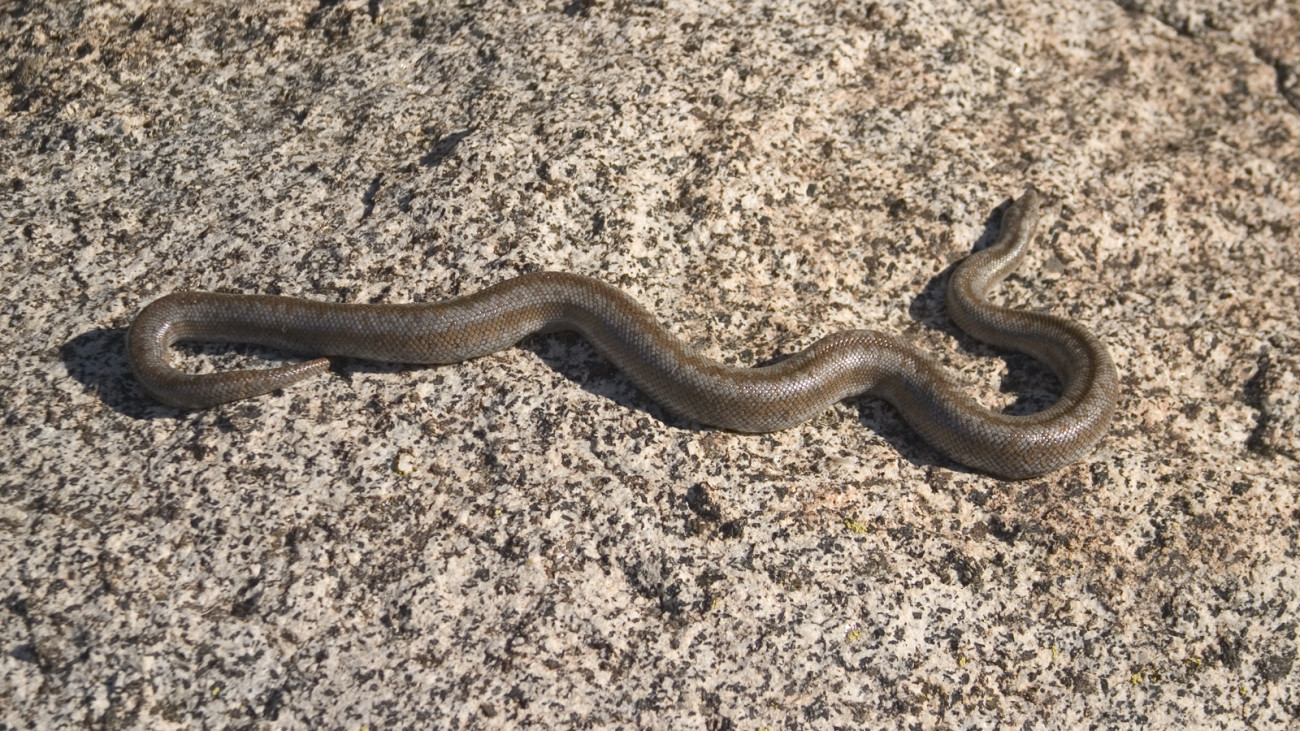› added 5 years ago
88

TIL the rosy boa, native to the southwestern US and Baja California, is recognized by its 3 well-defined rosy-colored longitudinal stripes extending the entire length of the body. It is non-venomous, bears live young and considered one of the most docile and slowest moving snakes in the world.